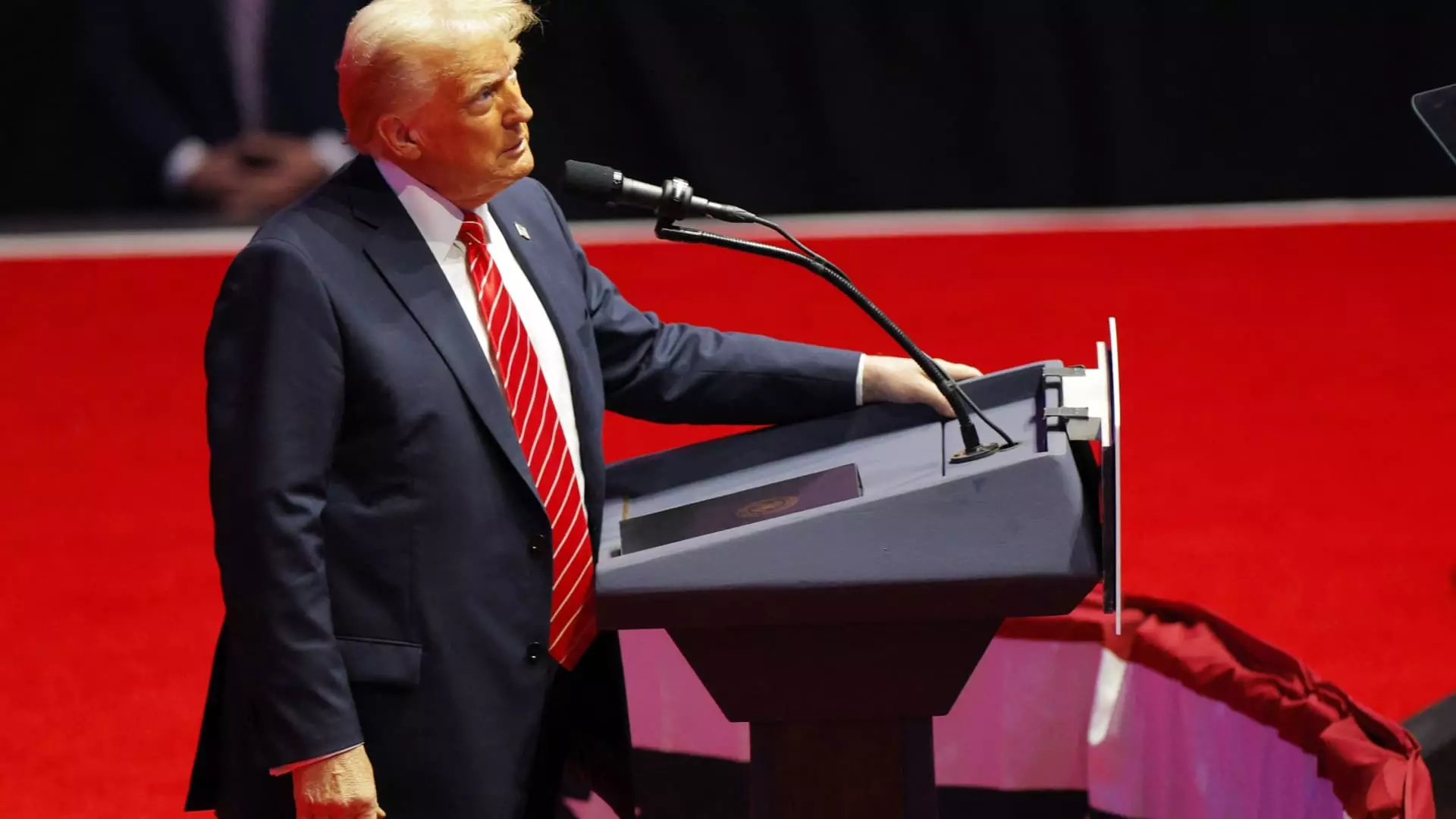As President-elect Donald Trump prepares for his inauguration, the political landscape anticipates a swift series of executive orders that could reshape key aspects of American policy. Among these anticipated actions, one that notably stands out is his approach to trade, a principle that marked his campaign. However, contrary to expectations, Trump is not expected to impose tariffs on U.S. trading partners immediately. Instead, he will initiate a broader trade memorandum aimed at evaluating instances of unfair trading practices and currency manipulation by countries such as China, Canada, and Mexico.
Trump’s decision to forgo immediate tariffs marks a strategic shift from the more aggressive stance he took during his campaign. At the core of his economic rallying cry was the promise of comprehensive tariffs, with proposals reminiscent of 20% tariffs on imports from all nations, and a staggering 60% on goods from China. While this approach resonated with many supporters who feared the ramifications of globalization on American jobs, it raised alarms among economists concerned about potential inflationary pressures on the economy.
The trade memorandum sets the stage for a more measured approach. Instead of outright tariffs, the strategy appears to pivot towards a form of analysis and assessment. This move is significant as it allows for a clearer understanding of existing trade dynamics without immediately resorting to punitive measures that could escalate into trade wars. The need for a careful examination of trade practices might indicate Trump is positioning his administration to be more regulatory rather than purely punitive in its dealings.
Economists have long debated the efficacy and impact of protectionist trade policies. While the intention behind imposing tariffs is to protect domestic industries, these measures can often lead to unintended consequences. Critics argue that raising tariffs raises production costs, which in turn burdens consumers with higher prices on everyday goods. As the global economy seeks to recover from the disruptions caused by the pandemic, the specter of new tariffs could stifle that recovery by undermining consumer confidence and curtailing spending.
In light of these considerations, Trump’s current approach, aimed at studying trade practices before taking any drastic actions, may reflect a recognition of the delicate balance needed in crafting trade policies. There is a risk that reactive policies could hamper both domestic growth and international relations, areas where Trump has expressed intentions to strengthen ties, particularly in North America.
Ultimately, President-elect Trump finds himself at a crossroads with his trade agenda. His initial proposals, while popular among his base, reflected a more aggressive stance that many experts viewed with skepticism. The pivot towards a more analytical framework suggests an understanding of the complexities inherent in trade relations today. As his administration unfolds, the focus will likely remain on striking a balance between protecting American interests and ensuring economic stability. The path ahead is fraught with challenges, but it may be one marked by a more calculated approach to an issue that is undeniably at the heart of American economic policy.

